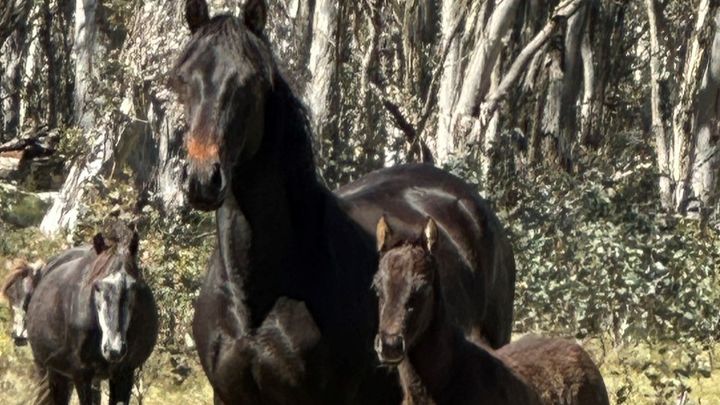
Independent wild horse recount
Donation protected
Rocky Harvey and biostatistician Claire Galea are crowdfunding for an independent count of wild horses in the Kosciusko National Park (KNP), using better techniques to achieve far higher accuracy and open accountability. There has been much commentary and dispute on actual wild horse numbers in the Park, and this proposal aims to make real ground on the issue. Legislation requires that 3000 wild horses must be retained in the KNP. To ensure that the National Parks and Wildlife Service (NPWS) do not cull to a number less than this, accurate counting methods must be adopted.
All funds raised will be spent on the count and data analysis. The more funds we raise, the more area we will survey and count. In the unlikely event that insufficient funds are raised for a useful survey, dentations will be refunded via this platform.
Our primary goal is compare an improved methodology with the current methodology and to encourage the Government to adopt more accurate and accountable methods of counting animals. An improved methodology has benefits far beyond wild horses - as technology improves, the same methods can be used on smaller species such as kangaroos, koalas, wild pigs and wild deer.
We will engage remote sensing and data analytics company Airbourne Logic P/L to use the latest technology to record high resolution imagery of open terrain area of the northern area of the Kosciuszko National Park. Machine learning computer analytics and the latest Artificial Intelligence (AI) software will then be used to count EVERY horse in the surveyed area.
The study will be overseen by highly qualified data scientists and experienced commercial AI and analytics companies. Airbourne Logic will then report the results and have them peer reviewed. The raw data will be made available to relevant parties so that results can be cross checked for integrity.
The benefits of using advanced image recognition, machine learning and computer science for identification of animals is well documented. AI techniques which use imagery to rapidly and accurately identify animals are rapidly advancing, helping scientists and data analytics companies to improve the overall success of animal identification.
Currently, the NPWS assesses the horse population by aerial counting horses in narrow bands, then applies a multiplier calculation to the raw numbers to estimate a population over the entire survey area. If you want a better understanding of the technique and its many limitations, get in contact and we can provide you with the detail.
The 2023 NPWS report estimates there are 17,432 horses in the KNP, with 13,163 of these residing in a survey area referred to as the Northern Block, an area of mixed terrain around Tantangara, Kiandra and Long Plain. It can be further extrapolated that NPWS estimate that 11,229 horses reside in the open plains of this Northern Block, equating to a density of 18.16 horses for every square kilometre. Based on observations by many regular park users and commercial horse riding operators, this simply cannot be correct.
Biostatistician Claire Galea has documented the inaccuracies and limitations of the methodology used by NPWS but to date her evidence has been ignored. She recently gave evidence to the NSW Parliament Inquiry into aerial culling of horses and has previously done the same in relation to kangaroos.
We will accurately count actual density of horses and provide imagery that can be independently assessed. We are confident that the density will be significantly lower than what NPWS states, which will demonstrate the need for the Government to cease relying on the current inaccurate counting methods.
Legislation requires that 3000 wild horses must be retained in the KNP. To ensure that NPWS do not cull to a number less than this, accurate counting methods must be adopted. We aim to force that to happen.
Organizer and beneficiary
Rocky Harvey
Organizer
Pilot Wilderness, NSW
Rocky Harvey
Beneficiary